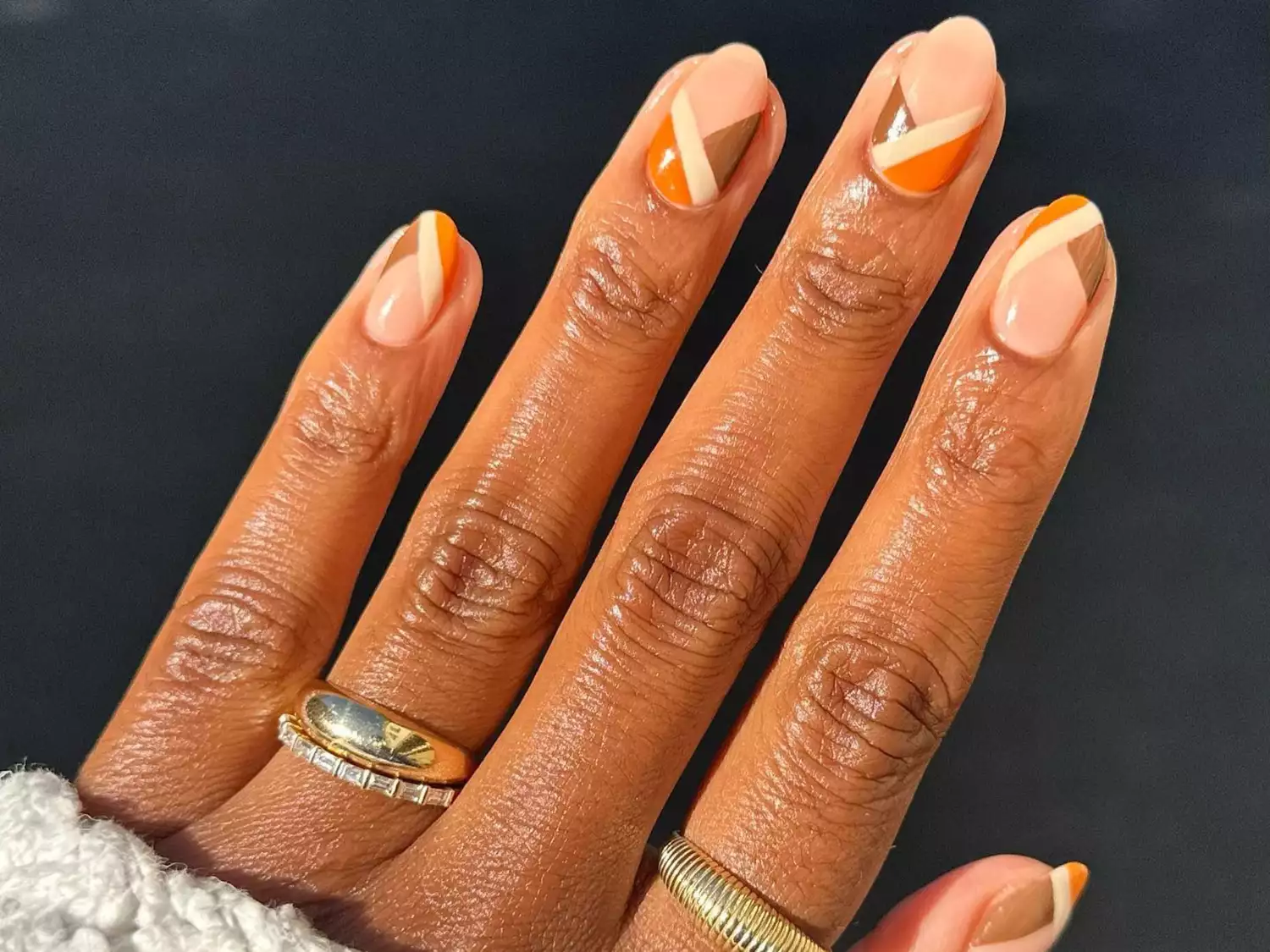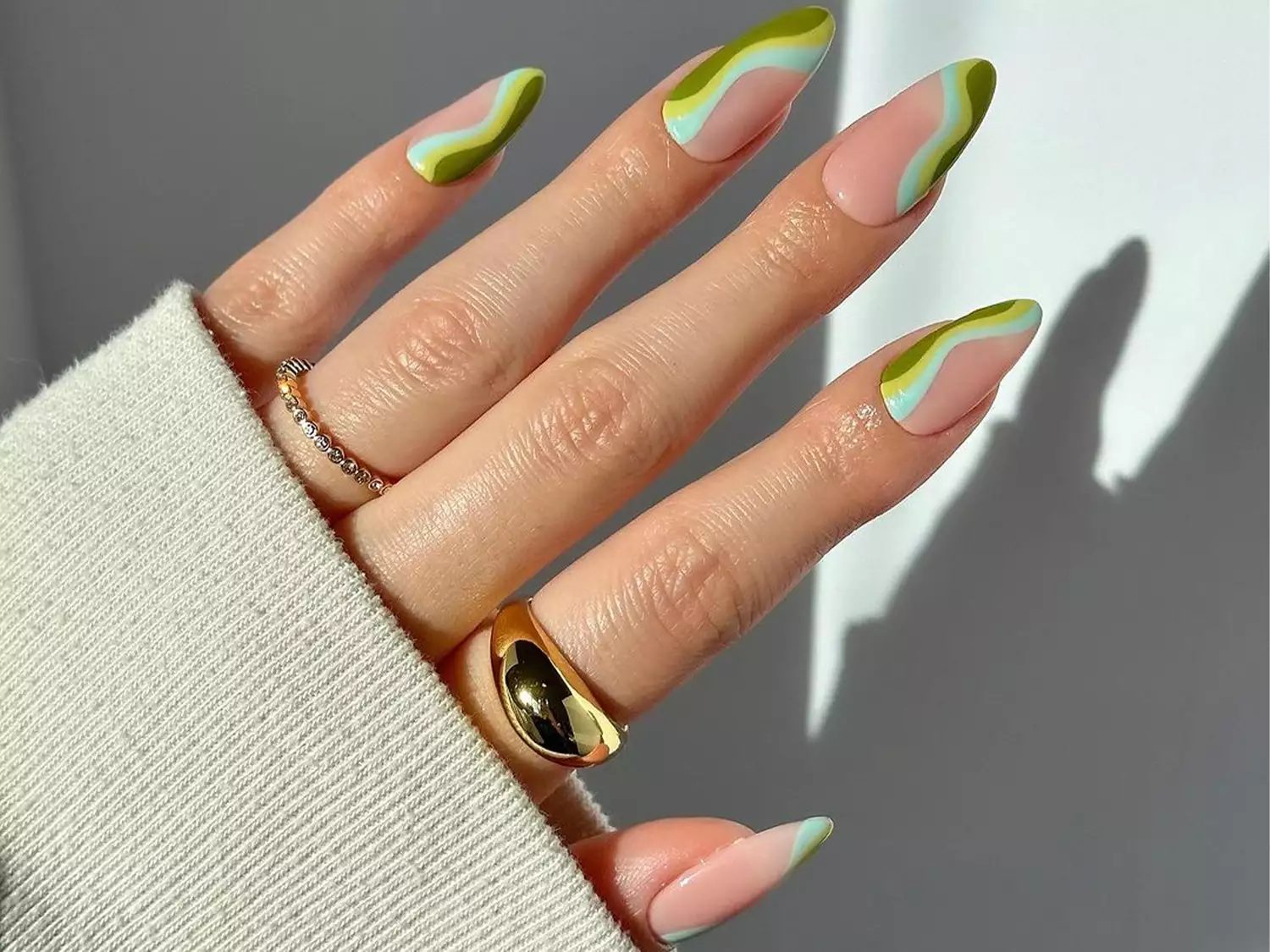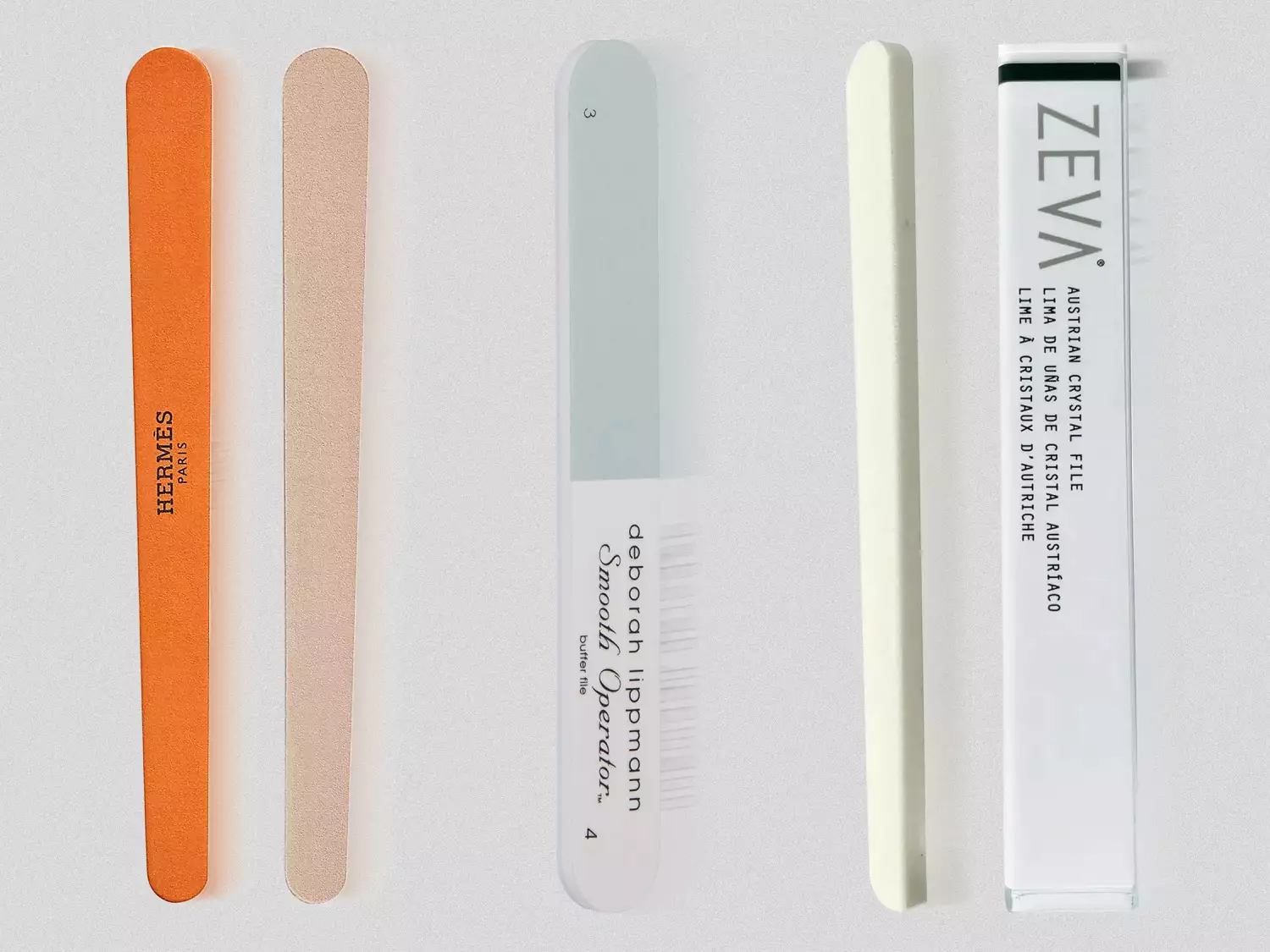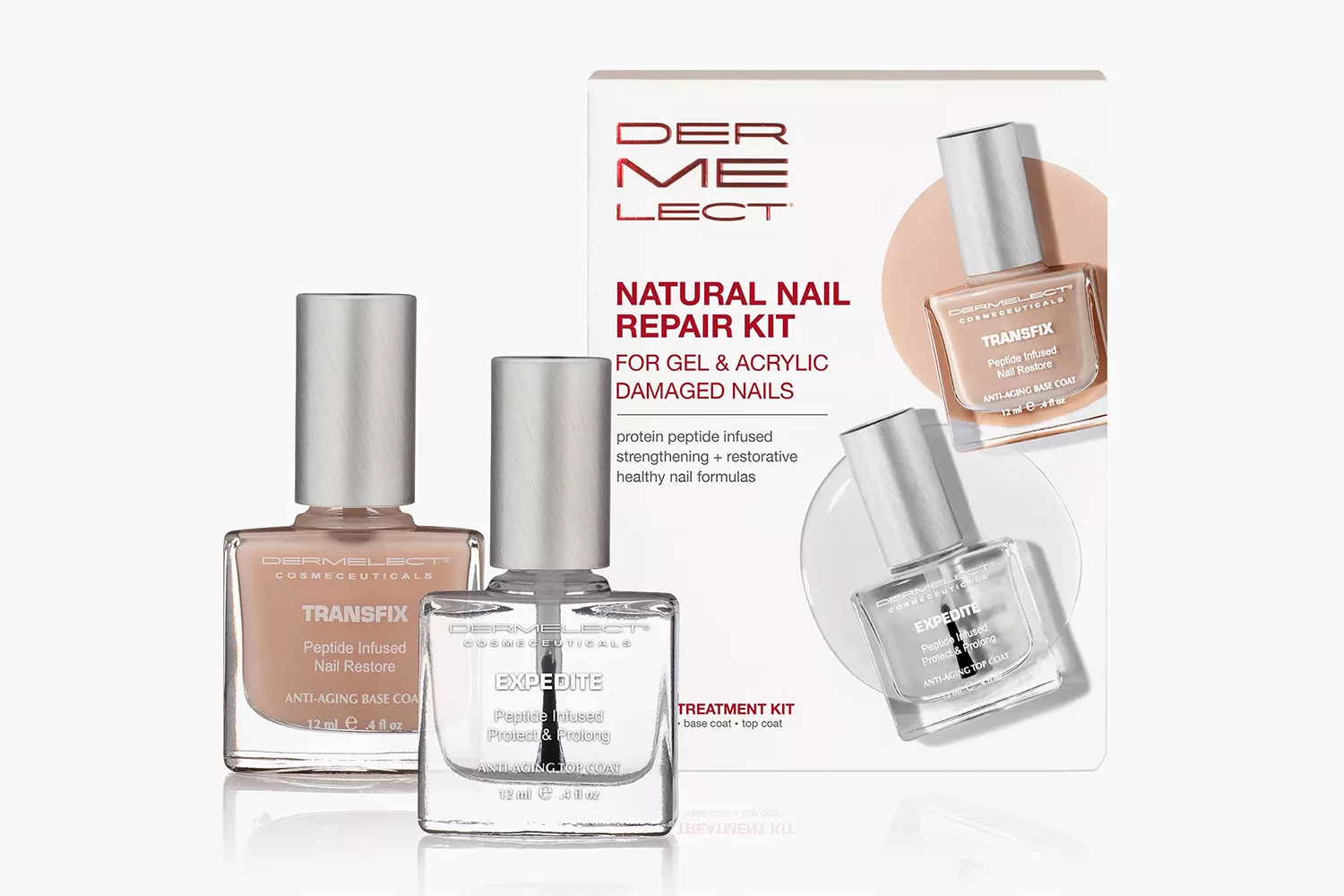
Getty Images / Image Source
Dealing with an ingrown toenail can be incredibly irritating and uncomfortable. Many factors can contribute to the development of ingrown toenails, from being rough on your feet to wearing tight shoes. But regardless of the cause, you can often treat ingrown toenails with easy at-home remedies. To find out how to address an ingrown toenail, we tapped two board-certified dermatologists for their advice. Keep scrolling for their insights.
What Is an Ingrown Toenail?
According to Dr. Camp, an ingrown toenail, known as onychocryptosis, "occurs when a portion of the nail grows into the surrounding skin." The causes of ingrown toenails vary, as Dr. Kobets explains. "[An ingrown toenail occurs when there is] abnormal growth of the base of the nail that jabs into the surrounding skin and causes inflammation in the area," Kobets notes.
Typically, symptoms of an ingrown toenail include redness, swelling, and pain in the skin adjacent to a nail. "Drainage or the accumulation of pus under the skin are indications of a possible infection that requires medical attention," Dr. Camp adds.
How to Treat an Ingrown Toenail
There are several expert-approved ways to treat an ingrown toenail at home. Kobets first recommends refraining from wearing tight-fitting shoes, as doing so can worsen the pain and hinder the healing process.
From there, you can move on to topical remedies. Dr. Camp recommends soaking the area to soothe any discomfort. "Consider soaking the affected nail in a combination of white vinegar and water, as white vinegar has antibacterial properties," he says.
You should also apply an antibacterial ointment to the affected area. "Ingrown toenails are prone to bacterial infections, and using an ointment can prevent and treat such infections," Dr. Camp explains; Dr. Kobets recommends bacitracin. (Note that bacitracin can cause contact dermatitis, so if your redness worsens when using it, stop immediately and see a dermatologist). There are also over-the-counter treatments like Dr. Scholls Ingrown Toenail Pain Reliever ($10) and Uriels Ingrown Toenail Drops ($20).
Additionally, Camp recommends elevating the affected foot to improve blood circulation, reduce swelling, and alleviate pain. "Consider using a pillow under the foot while sleeping at night to maintain elevation," he adds.
How Long Until an Ungrown Toenail Goes Away?
"Ingrown toenails do not always go away on their own, depending on the severity," Dr. Koberts says. With treatment, symptoms should improve within a week or two. However, according to Dr. Camp, the symptoms will likely continue if conditions that promote the formation of an ingrown toenail (like wearing tight shoes or repetitive trauma from walking and running) persist.
When to See a Professional
If you have concerns about an infection or find that at-home treatments are ineffective in improving the condition, its essential to seek the assistance of a board-certified dermatologist. "Any worsening or concerning symptoms should be taken seriously, and immediate medical attention should be sought," Dr. Kobets adds.
Causes for concern include increased redness, swelling, pain, warmth, and tenderness. Additionally, any discharge, like pus or the presence of fever, warrants immediate attention from a medical expert. Seeking professional help in such cases can ensure proper evaluation, diagnosis, and appropriate treatment to address the issue effectively and prevent further complications.
Medical Pedicures Can Totally Transform Your Feet








